In the ever-evolving landscape of technology, one area that has been gaining significant traction is the creation of art through artificial intelligence (AI). The fusion of creativity and technology has given birth to a fascinating realm known as AI-generated art, where machines are programmed to unleash their artistic prowess in the digital space.
In today’s world of digital media, the integration of AI-generated art has become a fascinating journey, unlocking new dimensions of creativity. Platforms like MidJourney’s AI Image Generator have demonstrated the potential of generative AI in revolutionizing the creative process. Imagine the Colorado State Fair’s Annual Art Competition infused with the power of AI, an exciting intersection where traditional art meets cutting-edge technology. Here’s a closer look at the impact of AI-generated art in digital media:
- Creative Fusion: The collaboration of human creativity and AI technology is evident in the concept art produced by AI tools. Many artists now harness the capabilities of AI image generators to add an innovative flair to their work.
- Stable Diffusion of Art: Unlike traditional methods, AI-generated art allows for a stable diffusion of creativity. The AI model can continuously make art, offering a consistent output that adapts to the evolving landscape of digital media.
In the Annual Art Competition of the Colorado State Fair, the use of “Generative AI” has redefined the art creation process. While some may argue that AI cannot replace the depth of human creativity, the reality is that AI tools, especially in the form of “Generative AI are becoming indispensable in the ever-evolving canvas of digital media. These tools are not here to replace but rather to complement, adding a dynamic layer to the world of art and pushing the boundaries of what’s possible.
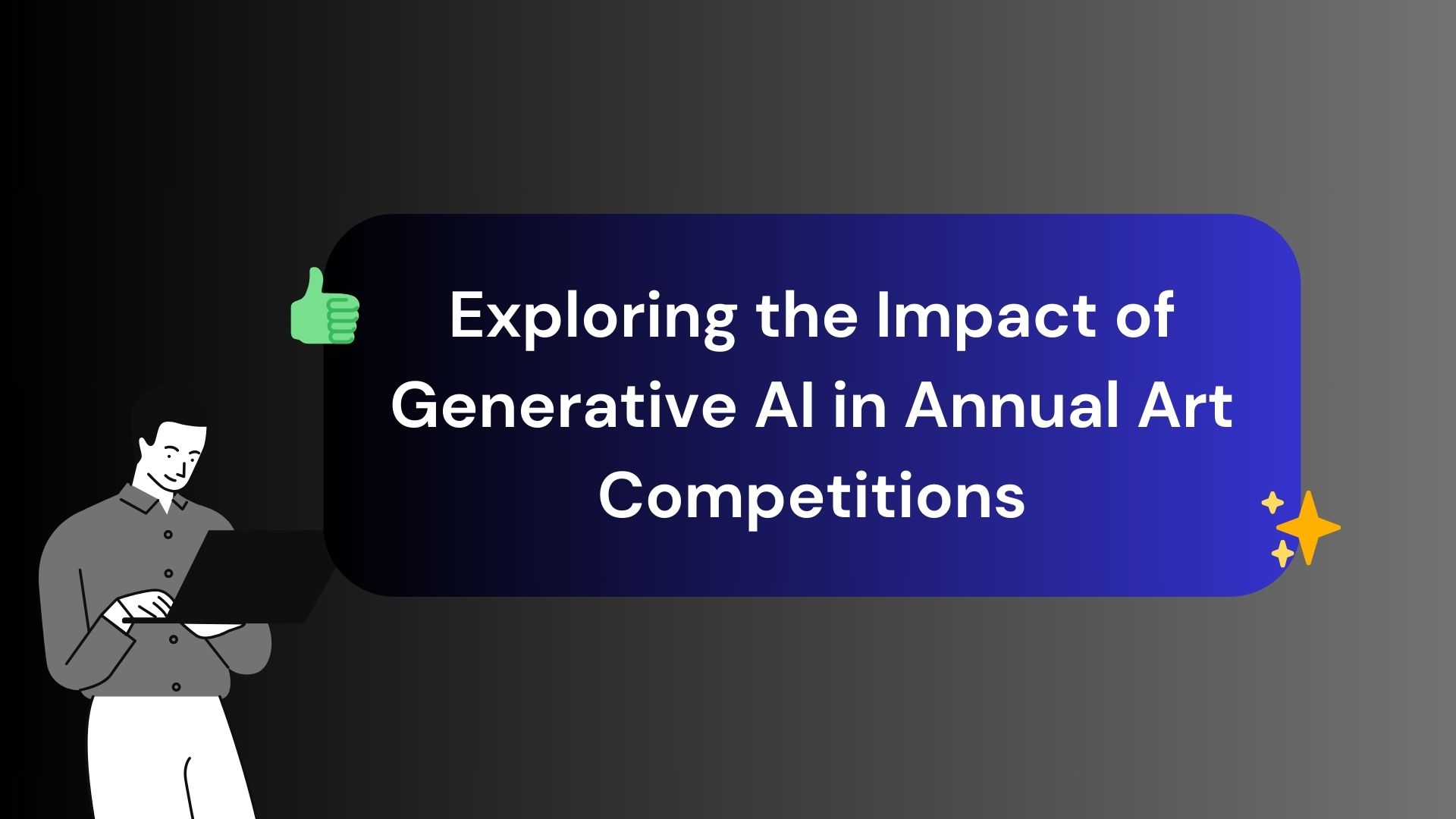
The Impact of Artificial Intelligence on Digital Creativity
Art used to be all about what people could imagine and make with their hands. But now, computers are getting in on the action. These computer programs use big sets of data to learn how to make art that looks just like something a person might create. They can make anything from paintings to cool digital sculptures!
According to Isaac Robertson, Co-Founder, and Chief Editor of Total Shape, “The integration of AI art generators in digital media has transformed the way we create and present visual content. With a dynamic range of possibilities, these tools allow us to produce visually stunning and immersive graphics that captivate audiences. The precision and efficiency of AI-driven art generation have streamlined the design process, enabling us to create high-quality visuals at an unprecedented speed. As a result, the overall viewer experience is enhanced, making it more engaging and memorable.
Furthermore, AI art generators have revolutionized the creative process of digital media production by providing a plethora of inspiration and innovative possibilities. These tools add a new dimension to creativity, encouraging artists and designers to explore new areas and break traditional boundaries. As a result, they are transforming the roles of artists and designers, transforming them into collaborators with AI and fostering a synergy that produces groundbreaking and cutting-edge content.
However, the rise of AI-generated art in digital media also brings forth ethical considerations and challenges. Content creators must navigate concerns related to originality, copyright, and the potential loss of human touch in artistic expression. To address these issues, responsible usage guidelines and clear attribution practices are being established within the industry. Content creators are actively engaged in ensuring that AI-generated art is employed ethically, preserving the integrity of artistic expression while leveraging the benefits of this innovative technology”.
The Fusion of Generative AI and GANs in Digital Art Evolution
Let’s dive deeper into the impact of AI-generated art in the digital world. Imagine this, an AI system learning the intricacies of art creation through the use of Generative Adversarial Networks (GANs). This advanced form of deep learning, often referred to as GANs, enables AI to think, create, and even challenge the works of human artists. OpenAI, a pioneer in the field, has been at the forefront of using GPT models, such as ChatGPT, to revolutionize how we think about AI in the digital art process.
In the era of digital artistry, the Generative Adversarial Network (GAN) framework is a game-changer. GANs, by design, pit two neural networks against each other, one generating content and the other discerning whether it’s created by a machine or a human. This adversarial approach creates a dynamic interplay that says a lot about the power of AI in reshaping our understanding of digital art. As we explore the evolution of AI-generated art in digital media, it’s clear that the fusion of technology and creativity is forging a new path in the world of digital media.
- AI’s Evolution in Art: The power of AI goes beyond traditional art forms. With generative AI tools, the boundaries of creativity are pushed, opening up new possibilities for digital artists.
- AI and Photoshop: While Photoshop has been a stalwart in digital art creation, AI is introducing a paradigm shift. It’s not about merely enhancing images; it’s about creating entirely new and unique pieces, challenging the conventional norms of digital art.
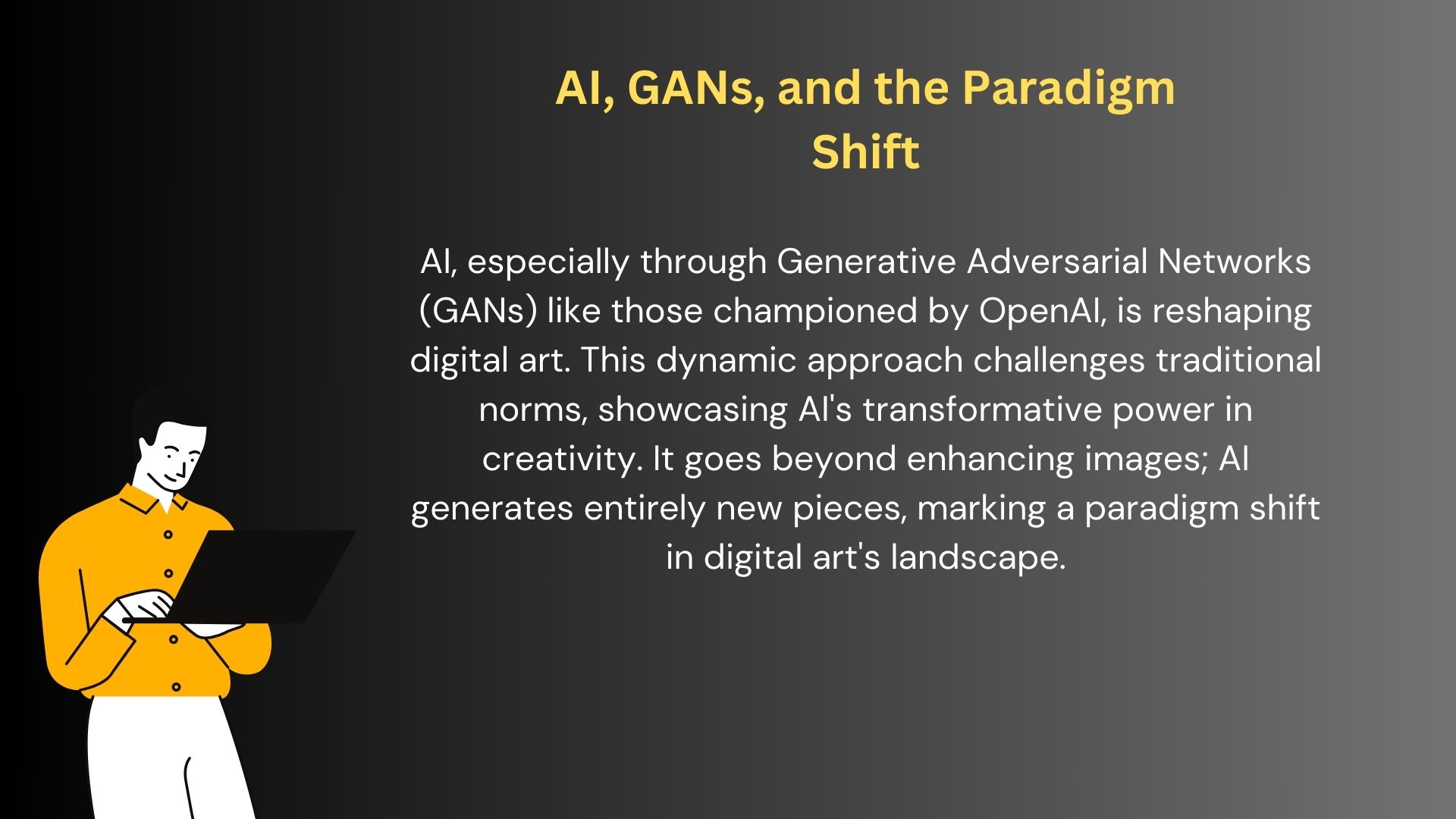
The Impact and Ethics of AI-Generated Art in Digital Media
AI art isn’t afraid to break the rules. The computer programs can mix different styles and come up with art that’s totally new and different. This is exciting for artists because it means they can try things they’ve never thought of before.
Alex Pikovsky, the CEO of Nuoptima, says, “AI art generators can enhance the quality and diversity of the graphics and images used in digital media, as they can produce realistic, stylized, or abstract art based on different inputs, such as text, sketches, photos, or videos. For example, an AI art generator like DALL-E 2 can generate images from text prompts, such as “a cat wearing a hat” or “a skyscraper made of cheese”. This can help digital media creators to illustrate their stories and messages in a more creative and captivating way.
The generators can also increase the efficiency and productivity of the digital media production process, as they can generate art faster and cheaper than human artists or designers. For example, an AI art generator like Midjourney can generate photorealistic art from text or image inputs, such as “a sunset over the ocean” or “a portrait of a woman”. This can help digital media creators to save time and money, as well as to meet the high demand and expectations of their audiences.
• AI art generators can also inspire and challenge the digital media creators to explore new possibilities and perspectives in their artistic expression, as they can generate art that is unexpected, novel, or surprising. For example, an AI art generator like NightCafe can generate art using different machine learning models, such as Neural Style Transfer, VQGAN+CLIP, Stable Diffusion, or DALL-E 2. This can help digital media creators to experiment with different styles, techniques, and aesthetics, and to push the boundaries of their creativity.
However, the use of AI-generated art in digital media also raises some ethical considerations and challenges, such as:
-The issue of originality and authenticity of the AI-generated art, as it may be difficult to determine the source, authorship, and ownership of the art, as well as to distinguish it from human-generated art. For example, an AI art generator like DeepAI can generate art from text or image inputs, such as “a painting of a flower” or “a photo of a dog”. This may raise questions about the artistic value and merit of the AI-generated art, as well as the potential plagiarism or infringement of the human-generated art.
-The issue of bias and manipulation of the AI-generated art, as it may reflect or reinforce the prejudices, stereotypes, or agendas of the AI system or its creators. For example, an AI art generator like Runway can generate art from text or image inputs, such as “a political cartoon” or “a propaganda poster”. This may raise concerns about the potential influence or harm of the AI-generated art on the public opinion and behavior.
Therefore, content creators who use AI-generated art in digital media should be aware and mindful of these ethical considerations and challenges, and should address them in a responsible and meaningful way. Some possible ways to do so are:
– To acknowledge and credit the source and contribution of the AI system and the human artist or designer in the creation of the AI-generated art, and to respect and protect the intellectual property and moral rights of both parties.
– To ensure and verify the fairness and transparency of the AI system and the data and algorithms used in the generation of the AI-generated art, and to avoid and correct any bias or manipulation of the AI-generated art.
– To assess and monitor the consequences and impacts of the AI-generated art on the society, culture, and environment, and to adhere and comply with the ethical and legal standards and guidelines of the AI-generated art.”
How AI Art is Impacting Digital Marketing?
In the dynamic field of digital marketing, the influence of AI-generated art in digital media has sparked a revolutionary transformation. With cutting-edge technologies such as generative adversarial networks (GANs), platforms like MidJourney and Stable Diffusion empower marketers to explore new dimensions in the creative process. It’s like having a team of skilled artists at your fingertips, crafting visuals that deeply resonate with audiences.
Now, diving into this creative revolution, let’s spotlight key facets:
- Initiating Creativity: AI art provides marketers with the freedom to experiment boundlessly, exploring unique concepts and styles.
- Enhanced Personalization: The technology facilitates personalized content creation, ensuring that marketing visuals directly cater to the preferences of the target audience.
- Efficiency in Content Creation: AI streamlines the content creation process, offering marketers a swift and efficient way to produce visually striking materials.
- Consistent Branding: AI-generated art guarantees a uniform visual identity across various marketing materials, fostering brand recognition and trust.
- Adapting to Trends: With the capability to adapt to emerging trends, AI art keeps marketing visuals fresh, relevant, and aligned with the dynamic landscape of the digital world.

Transforming Text into Digital Masterpieces
In the fast-changing world of digital media, Airbrush AI is making waves, especially in 2022, by completely transforming text into eye-catching images. This unique tool uses a vast collection of information (dataset) to create intricate and realistic digital artwork, pushing the limits of what’s achievable in content creation.
- Cutting-Edge Technology: Airbrush AI stands out for using the latest technology, putting it ahead in the world of turning text into images.
- Extensive Dataset Use: With access to a large set of information, the tool excels in creating diverse and high-quality digital artwork, ensuring versatility and authenticity.
- Precision and Realism: Airbrush AI’s clever algorithms focus on accuracy and realism, producing visuals that closely resemble traditional artwork.
- Effortless Content Creation: The tool simplifies the process of creating content, allowing users to quickly generate visually appealing images with minimal effort.
- Adapts to Trends: Airbrush AI is flexible enough to keep up with changing trends in digital media, ensuring that the artwork it produces stays relevant and engaging.
Concluding the AI Art Conversation
In conclusion, the realm of AI-generated art within digital media is reshaping the landscape of creativity, sparking discussions within the art community. While some traditionalists argue that AI lacks the nuanced touch of a human artist or a seasoned art critic, the reality is that AI generators, powered by advanced algorithms and machine learning, are creating a new category of artistic expression. AI companies have been at the forefront, training their algorithms to process large amounts of data quickly, giving birth to astonishing AI-generated artworks that resonate within the digital category.
As we witness this symbiotic relationship between artificial intelligence and the art world, it’s essential to recognize the unique contributions of AI art generators like OpenAI’s ChatGPT. These tools are not here to replace but to augment and inspire, offering a new artistic dimension that evolves with modern technology. The integration of AI-generated content, crafted with precision and creativity, is a testament to the vast potential that lies within digital media. It’s an exciting juncture where the brushstrokes of AI algorithms merge seamlessly with specific words and images based on the ever-evolving canvas of the digital world, creating a harmonious blend of innovation and artistic expression.


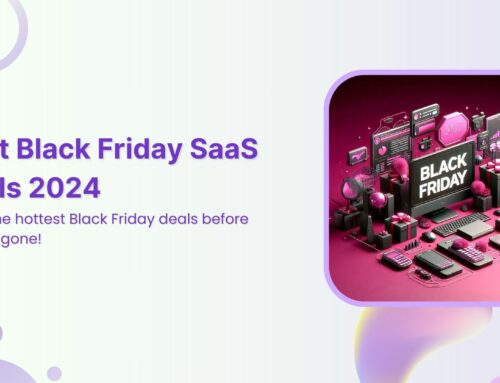
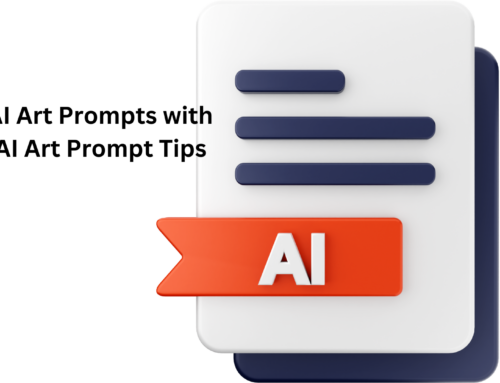
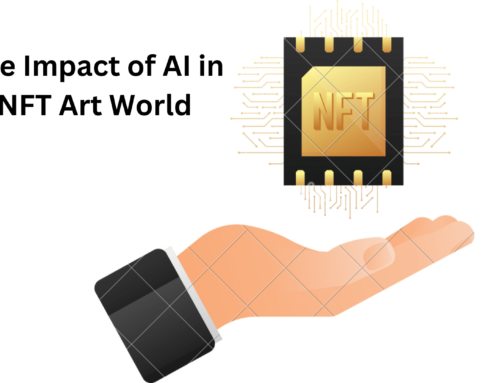
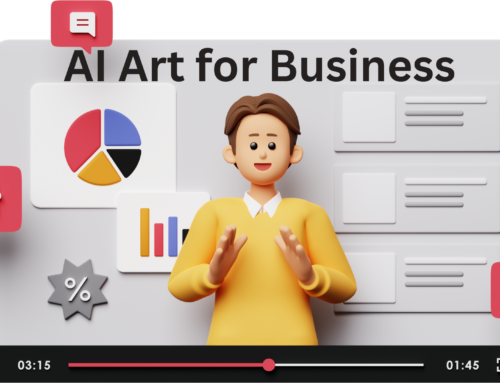


Leave A Comment